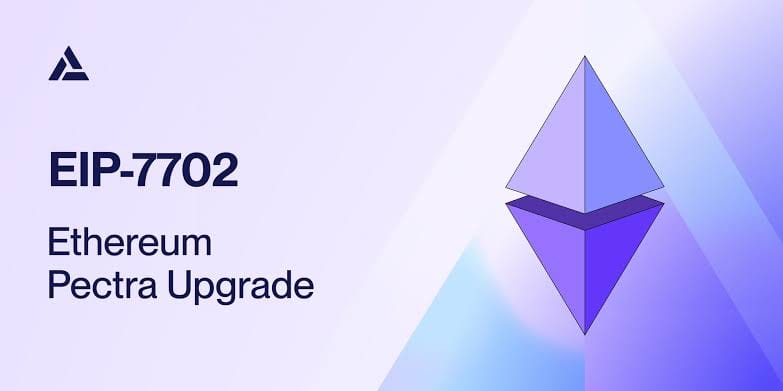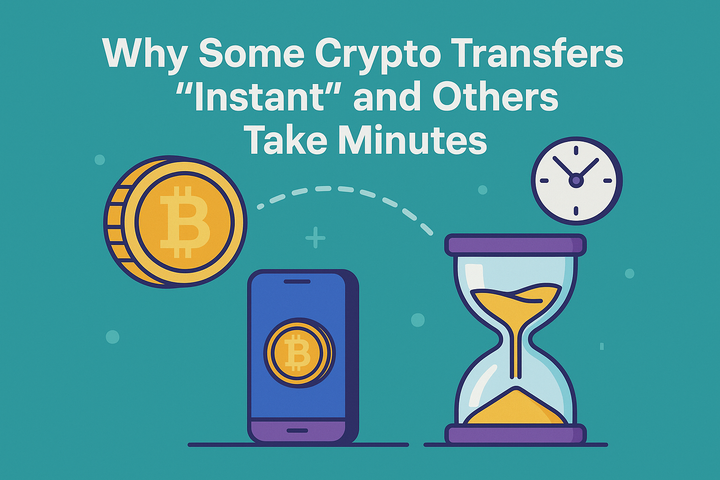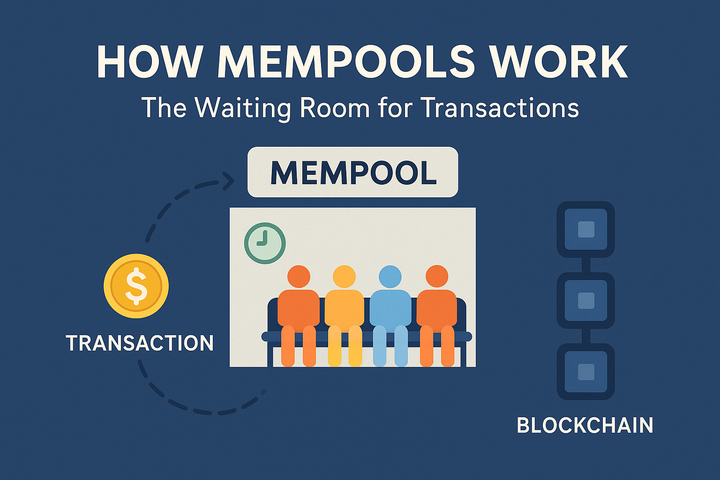Ethereum’s Pectra Fork: What Developers Need to Know

Introduction
Ethereum’s long-awaited Pectra upgrade (Prague execution‐layer + Electra consensus‐layer hard forks) is slated for activation in early May 2025. Comprising 11 EIPs across account abstraction, staking enhancements, and data‐throughput expansions, Pectra promises significant reductions in Layer 2 gas costs and improved developer ergonomics. In this guide, we’ll cover what Pectra is, when it activates, how its key EIPs drive L2 cost savings, and practical steps developers can take to prepare—alongside links to Mitosis University resources for deeper dives.
Introduction
Imagine Ethereum as a crowded highway at rush hour: transactions pile up, fees spike, and every on-ramp feels like a gamble. Layer 2 solutions eased the jam by taking transactions off-chain, but moving data between L1 and L2 still generates significant gas costs. Enter Pectra, Ethereum’s next hard fork, combining the Prague execution‐layer and Electra consensus‐layer upgrades to streamline on-chain data handling and validator operations—ultimately halving L2 costs and enhancing developer controlcrypto.newsHackerNoon.
By the end of this article, you’ll understand:
- Pectra’s scope and activation timeline
- Key EIPs that unlock L2 savings and account abstraction
- How to test on Sepolia/Holesky testnets
- Best practices for pre-fork tooling, monitoring, and deployments
Along the way, we’ll link to Mitosis University’s Glossary page for definitions of EIP, Layer 2, and other termsU.Today.
What Is Pectra?
Pectra—short for Prague + Electra—is Ethereum’s first major upgrade since Dencun (March 2024) and bundles 11 Ethereum Improvement Proposals (EIPs) spanning three domains:
- Account Abstraction: EIP-7702 enables EOAs to batch transactions, sponsor gas fees, and set spending limits without full smart-contract walletsHackerNoon.
- Validator & Staking Enhancements: EIPs 7251, 7002, and 6110 raise the max validator balance from 32 ETH to 2,048 ETH, allow EOA-controlled exits, and cut deposit processing from 9 hours to ~13 minutesblocmates. | Crypto News & Information.
- L2 Data Throughput: EIP-7691 doubles blob data capacity from three blobs (384 KB) to six blobs (768 KB) per block, slashing L2 rollup costs by up to 50 %HackerNoon.
These enhancements collectively transform how developers build and deploy on Ethereum, reducing friction and opening new UX possibilities.
Timing & Testnet Roll-Out
After successful deployments on Holesky (Feb 2025) and Sepolia (March 2025), the mainnet activation is scheduled for May 7, 2025—pending final client upgrades and multi-client testingCrypto Tracker. You can:
- Spin up nodes on Sepolia with Pectra test snapshots
- Run E2E tests against simulated blob transactions
- Integrate EIP-7702 wallets (sponsorship APIs) in dev environments
Staying aligned with client release notes on ephemeral.dev/client-upgrades is critical to avoid chain splits.
Key EIPs and Their Impact on L2 Costs
EIP-7691: Doubling Blob Throughput
By increasing blob capacity to 768 KB/block, rollup sequencers can pack twice the L2 calldata per block. This yields:
- Up to 50 % lower calldata gas costs for optimistic and zk-rollupsHackerNoon.
- Higher TPS headroom, delaying the need for aggressive fee markets.
Developer tip: Update your rollup’s gas price oracle to reflect the new DATA_GAS_PER_BLOB constant post-fork.EIP-7702: Enhanced Account Abstraction
Account abstraction lets EOAs mimic key smart-wallet features—batching, sponsored fees, and recovery––without full contract wallets. This simplifies UX and:
- Reduces UX barriers for gas-sponsored experiences on L2s.
- Enables gasless meta-transactions, improving onboarding.
Check out Mitosis University’s guide on account abstraction for patterns and best practices.
Developer Preparation Checklist
- Upgrade Clients
- Ensure your geth/Nethermind/Erigon nodes run Pectra-compatible versions by May 1, 2025.
- Test on Sepolia/Holesky
- Run your dApp’s full suite against the Pectra testnet to catch EIP-related bugs.
- Adjust Tooling
- Update Hardhat/Foundry configs to target the new blob gas costs and EIP-7702 RPC methods.
- Smart-Contract Audit
- Review any contract relying on
EXTCODEHASHor blob gas metrics for edge cases.
- Review any contract relying on
- Monitor Activation
- Follow on-chain alerts (e.g., beacon chain fork epoch) and join the Ethereum Discord for live updates.
Beyond L2: UX & Ecosystem Opportunities
While Pectra’s core benefits center on L2 cost savings and staking flexibility, developers can leverage:
- Gas Sponsorship: Build novel UX flows where dApps pay gas in stablecoins.
- Validator-as-a-Service: Use expanded staking limits to design shared validator pools for communities.
- Modular Rollup Innovations: Combine Pectra with protocols like Celestia or Mitosis’s Ecosystem-Owned Liquidity for next-gen cross-chain yields.
These possibilities align with Mitosis University’s Ecosystem Connections and Mitosis Core categories.
Conclusion
Pectra is more than a hard fork—it’s a developer enabler that slashes L2 costs, enriches account UX, and modernizes staking. By testing early, upgrading toolchains, and experimenting with new paradigms (gas sponsorship, shared validators), you’ll harness Pectra’s full potential.
Practical takeaways:
- Mark May 7, 2025 on your calendar for mainnet activation.
- Update nodes and dev environments on Sepolia/Holesky now.
- Leverage doubled blob throughput to cut rollup costs.
- Explore gasless flows via EIP-7702 to delight users.
What’s next? As Ethereum progresses toward PeerDAS in 2026, Pectra sets the stage for sustained scalability and developer innovation. How will you integrate these upgrades into your roadmap?
🔗 Dive deeper in Mitosis University:Glossary: Layer 2Community InitiativesTechnical Guides: EIP Deep Dive
Internal Links
- Liquidity TVL Glossary
- Expedition Boosts
- Straddle Vault
- Mitosis University
- Mitosis Blog.
- Mitosis Core: Liquidity Strategies.
References
- Pectra launch details and L2 cost impact crypto.news
- Coinbase’s “Ultimate Guide to Pectra” Coinbase
- HackerNoon’s breakdown of EIPs and activation date HackerNoon
- Cointelegraph’s market analysis and fork date Cointelegraph
- CoinStats on Pectra’s confirmation for May 7 Crypto Tracker
- QuickNode’s developer prep guide QuickNode
- Blocmates on validator improvements blocmates. | Crypto News & Information
- Fidelity Digital Assets overview (institutional lens) Fidelity Digital Assets
- U.Today’s primer on Pectra phases U.Today



Comments ()